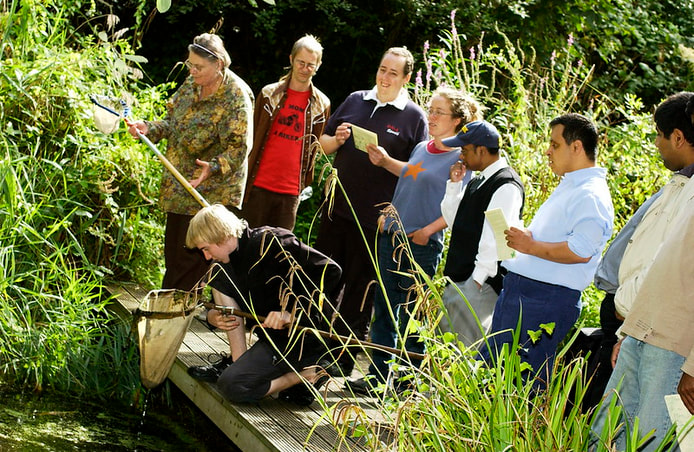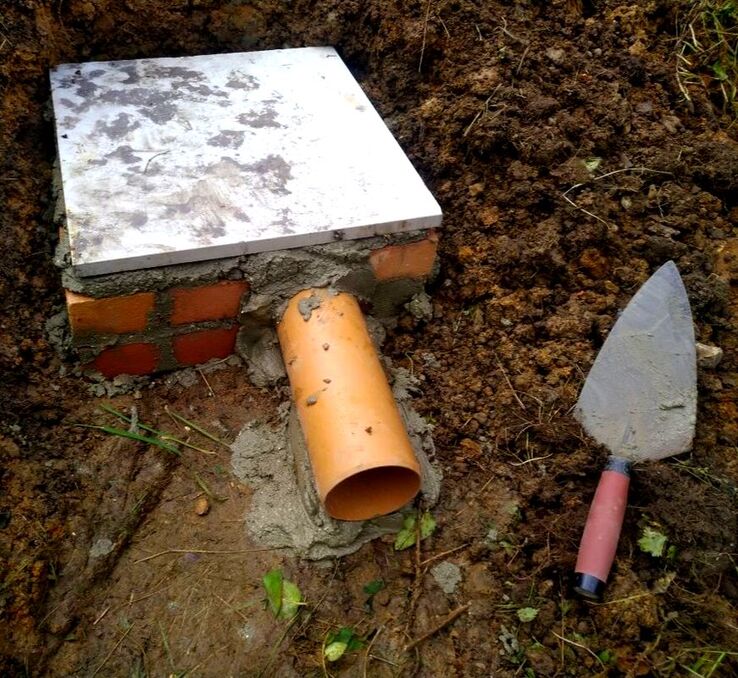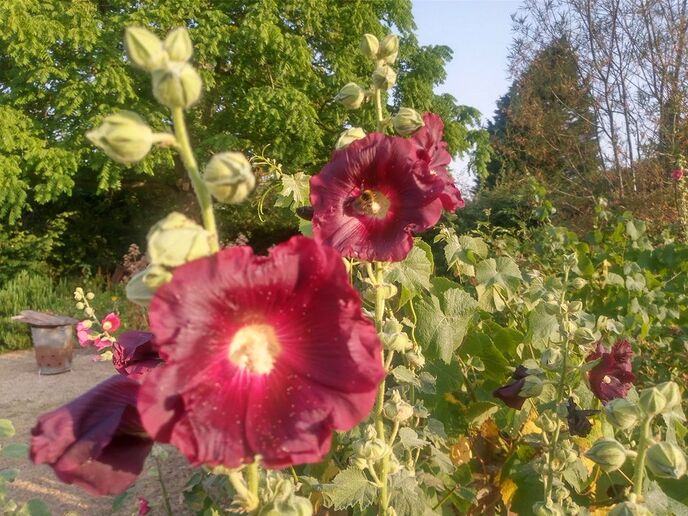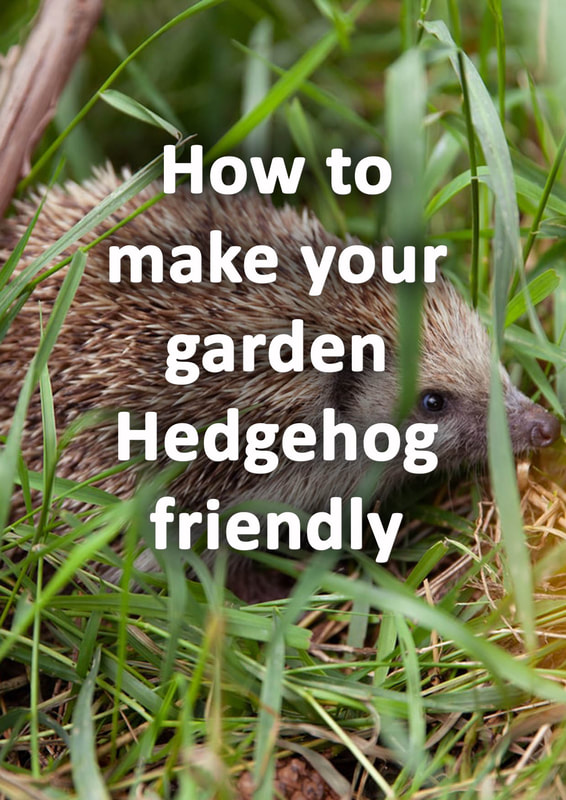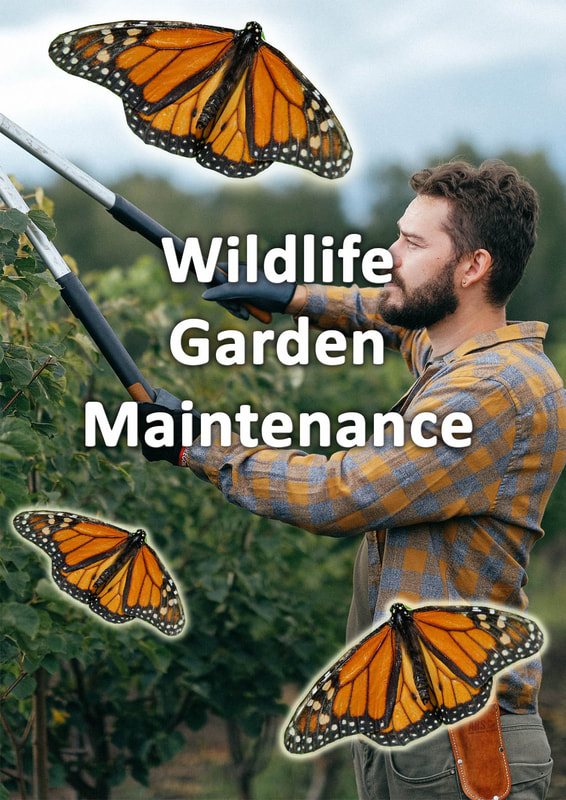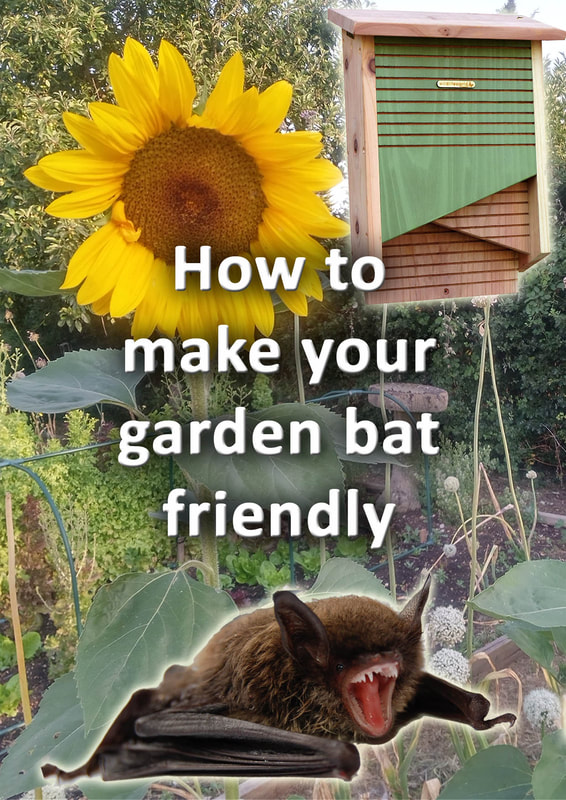|
This article contains affiliate links
Wildlife gardens can not only be beneficial for wildlife they can also be fun for people too! In fact, there are a number of wildlife garden activities which are both interactive and exciting.
The best wildlife gardens evolve over time and are always changing. As time goes by, you will notice even more species using your garden and maybe even endangered species. Continuous habitat development and nature study open the door for numerous, exciting, wildlife garden activities. From building new habitats to discovering new species, the whole family can become engaged with wildlife gardens. In this article we list and describe fifteen fun wildlife garden activities for the whole household. 1. Building log pilesLog piles can provide very valuable habitat for a whole range of important creatures. Many of these help to recycle nutrients within an ecosystem. Due to mankind’s obsession with clean and tidy landscapes such species have been in significant decline. Log piles can provide food and shelter for numerous small mammals, reptiles, amphibians, invertebrates, insects and fungi. Not only are log piles great for wildlife they are lots of fun to build too! Stacking logs can be a fun way to create dead wood habitat and replenish old piles which have degraded. Log piles can also be engineered to look modern or artistic for extra interest. 2. Creating hibernacula’s
Hibernacula’s traditionally are places where wildlife seek shelter, raise young or hibernate. This means they can take a number of different forms but typically consist of the same elements. Particularly within wildlife gardens, hibernacula’s are usually made up of old masonry, rocks, wood, vegetation and soil. These materials are organised in such a way to provide multiple gaps and crevices for creatures to hide. Hibernacula’s can be really fun to make and an exciting way to recycle old waste materials. They can also be targeted at a specific species such as solitary bees and hedgehogs. 3. Tracking wildlife
Tracking wildlife is normally thought of as an activity for hunters and wilderness environments. However, tracking can also be a great activity for wildlife gardens. Garden wildlife will often leave sign of their presence in and around your property. Becoming a good wildlife detective can take some practice and long periods of observation and study. You may be trying to attract a particular species to your garden and are searching for signs of their presence. Tracking wildlife can be a fun skill to learn within your wildlife garden. To start you on your journey I recommend ‘Practical tracking: A Guide to Following Footprints and Finding Animals ’ 4. Bird watching
It is amazing just how much you can learn about local wildlife by simply watching. If your wildlife garden is establishing, you will notice an ever increasing number of wild species. As birds are airborne it is often likely you will notice a wide variety of birds visiting your site. This is especially so if you are providing clean water, food and nesting opportunities. Create a specific place where you can watch birds such as a hide or inside window. You will soon become an expert at identifying local birds and experience the excitement of sighting a new species! Obtaining a bird identification book for your local region is a great way to get you started. 5. Pond dippingWildlife ponds do not just provide drinking water, they contain whole aquatic ecosystems for multiple species. Some wildlife will visit the pond seasonally just to mate and lay eggs. Ponds provide an opportunity to observe and study lifecycles in a scientific way. This makes pond dipping both an exciting and educational endeavour. Fine nets can be used to collect and identify aquatic species. This will give you a good idea of how rich your pond is in ecology. If you have recently built a wildlife pond you will be surprised just how quickly it will become colonised. 6. Building burrowsOne of the biggest problems for wildlife species within gardens is a lack of shelter. This means they have few places to hide from predators or pets. One of the best ways to provide extra shelter for wildlife is by building burrows. These are focused more at larger wildlife such as small mammal’s reptiles and amphibians. However such species are very good at eating garden pests and keeping an ecosystem in balance. Burrows can be constructed easily with waste building materials such as bricks and old slabs. These can be integrated into mounds and built into retaining structures. They are also really fun to build and then monitor for any sign of colonisation. 7. Building bug hotels
Bug hotels come in a multitude of different shapes and sizes and typically provide nesting for beneficial insects. There are now a number of such bug hotels on the market but they are very simple and fun to make yourself. Bug hotels will normally house plenty of nooks and crannies for insects to overwinter and lay eggs. The hollow tubes of bamboo stems are used by leaf cutter bees to lay eggs. Soft timber stacked vertically can also be utilised by sawflies to burrow out nesting chambers. Bug hotels can easily be created with waste materials such as old pallets and garden materials. 8. Make a wildlife pond
If there is one thing which will increase wildlife within your garden it is a wildlife pond. Wildlife ponds do not have to be huge installations with small ponds making a big difference. However, larger ponds will enable you to encourage a wider range of different wildlife. Preformed plastic and fibreglass ponds are widely available and come in all different shapes and sizes. Alternatively you can excavate out a pond which suits your preferred size and depth and install a liner. The most popular material is Butyl rubber liner which can be laid upon protective membrane or sand. Digging out a wildlife garden can be good exercise and a lot of fun for the whole family. 9. Build a hide
Most garden wildlife will have a natural fear of people. Even though wildlife can get used to our presence it is best to observe creatures from a secluded location. Wildlife cameramen utilise hides and camouflage dens to get close to rare and shy species. You can also do the same in your wildlife garden. Wildlife hides can be as simple as putting up camouflage tents or building small timber hides. These can replicate bird watching dens on nature reserves similar to small sheds. Hides can be built using Treated timber posts, external grade ply or gravel boards. These hides can then be painted whatever camouflage pattern you like. Building wildlife viewing dens can be a great wildlife garden activity for the whole household to enjoy. 10. Learn plant identification
Learning to identify plants is an ongoing activity very suited to wildlife gardens. Some plants are more advantageous to wild species than others so encouraging the best plants for wildlife is essential. Native plants local to your region will normally have the most habitat value. However there are many non native plant species which will still provide food and shelter for wildlife. Why not read our article on the best 85 plants for attracting wildlife to your garden. Learning to identify plants is an ongoing process. Obtaining anillustrated book on the local flora of your region is a good starting point. 11. Set up trail cameras
As your wildlife garden establishes it will encourage larger creatures higher up the food chain. This is where some of the most exciting wildlife encounters can materialise. However, most of the time, the most exciting wildlife can be the most secretive. This is where digital trail cameras can give us a window into secretive, garden, wildlife. These cameras can be mounted along trails or around wildlife ponds to see who is visiting your garden. Trail cameras are particularly good at viewing nocturnal wildlife that only comes out a night. There are plenty of these digital cameras now on the market which include night vision and video capture. 12. Make a moth trap
Moths are fascinating, flying, insects which have dramatically reduced in number in recent years. A successful wildlife garden however is sure to encourage these attractive insects. Some moths prefer to fly during the day but many are adapted to flying at night. These moths use natural light sources such as the moon to navigate the night sky. To monitor the moths around your wildlife garden you can make a simple moth trap. This consists of bright lights directed upon a white screen or sheet suspended from a line. The moths are attracted to the white light and can be seen attached to the sheet. This is a great way to record what moth species you have living around your home. 13. Night investigationsAs much garden wildlife feels more secure at night, night investigations can be a very exciting activity. Wait until a night with little wind and head out after dark with a torch. If you are stealthy you will discover a hive of activity! Many species of amphibian and small mammals venture out at this time to feed. Night investigations can be a great opportunity to discover new species you did not know visited your garden. This wildlife garden activity can be a great way to monitor new species as your project establishes. 14. Sowing wildflower seeds
Wildflowers are hardy flowering plants which are usually native or regionally widespread. These wild plants are generally found within specific natural habitats and niches making them attractive to wildlife. Their presence within wildlife gardens increases pollinator species and specialised insects. Sowing wildflowers in your garden can be an exciting way to boost your sites biodiversity. Most wild seed mixes come with an included species list. It can be extremely fun and educational seeking and identifying specific wildflowers. Sowing wildflowers in borders and meadows is one of the best activities for giving gardens an ecological boost. 15. Make seed bombs
Seed bombs can be a really fun activity for wildlife gardens, especially if you have young children. When you have acquired your wild seeds mix them up with a wet mud mix. Roll them into balls and allow them to dry. These can then be thrown around areas of bare soil in your wildlife garden. When they germinate they will add even more diversity and habitat value to your wildlife project.
|
The Author
|
Landscaping services across Buckinghamshire, Amersham, Aylesbury & High Wycombe
Hyde Heath, Amersham, Buckinghamshire |
|





